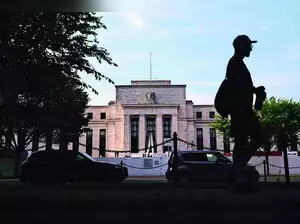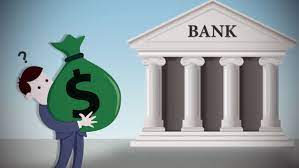Most economists expect the Federal Reserve to pause interest-rate increases next week for the first time in 15 months and leave policy on hold through December, even as it confronts a resilient US economy and persistent inflation.
The Federal Open Market Committee will keep rates steady at its June 13-14 meeting at the 5%-5.25% range, though officials face a closer call in July on what to do, according to economists surveyed by Bloomberg.
Chair Jerome Powell had hinted at a suspension of the tightening campaign last month, suggesting that he favored waiting to evaluate the lagged effects of past moves and the impact of recent bank failures on credit availability.
The FOMC’s median projection in its quarterly “dot plot” Summary of Economic Projections is expected to show the policy benchmark at 5.1% at the end of 2023 identical to what the economists expect the actual rate to be and in line with the March projection. By contrast, markets are pricing in a quarter point hike in July, with a similar-sized cut possible in December.
The survey of 46 economists was conducted June 2-7.
“We expect a hawkish pause at the June FOMC meeting, with the FOMC choosing not to hike, but signaling an expectation of additional hiking through the SEP,” said Nomura Securities economists Aichi Amemiya, Jeremy Schwartz and Jacob Meyer, in a survey response.
“We expect May will end up representing the last hike of this cycle, as easing inflationary pressure a slowing of labor conditions, and headwinds from reduced lending lead the FOMC to not later decide to resume hiking,” they added.
What Bloomberg Economists Says:
“The Fed most likely will refrain from hiking rates at its June 13-14 meeting. That’s because the more influential FOMC participants most of all, Fed Chair Jerome Powell believe previous tightening, which will work through the economy with a lag, will induce more weakening in the months ahead. But Powell may face a revolt on the FOMC.”
Credit tightening in the aftermath of the failures of Silicon Valley Bank and Signature Bank in March has led Fed leaders to emphasize uncertainty about the outlook for the economy and flexibility on how they will respond.




